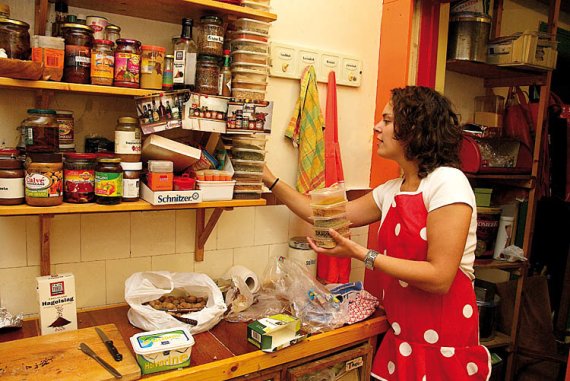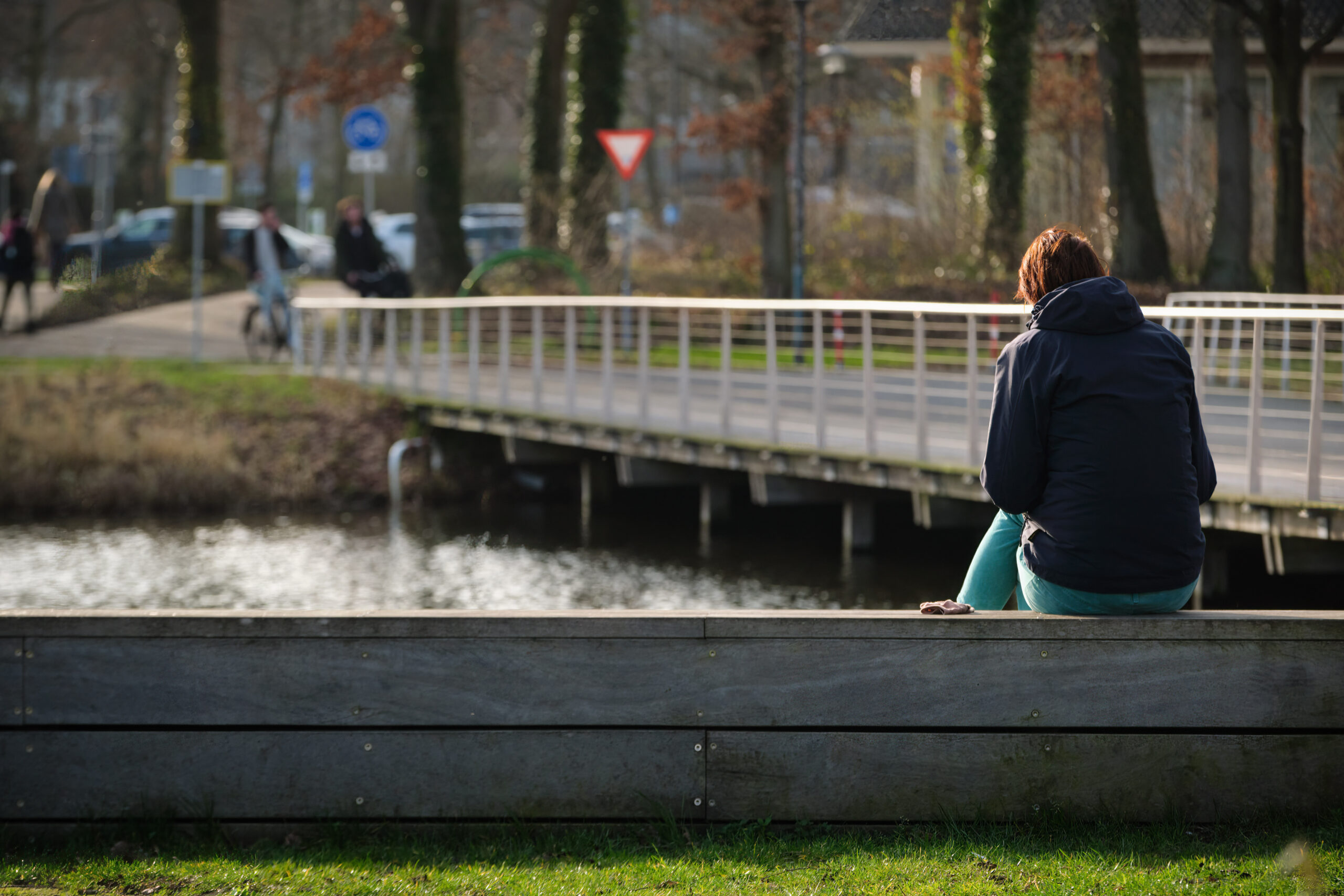©Herman van Ommen, Brand Portal WUR
The rules that apply to families should also apply to student houses, groups representing the interests of students state. The strict social distancing requirement of 1.5 metres does not apply to members of the same family. However, students are not considered a ‘household’, even though they live close to each other, and often share a communal kitchen and bathroom.
Confusion
This causes confusion. Last week, seventeen occupants of the Uilenstede student campus in Amstelveen were fined for sitting outside together. The police dispersed students hanging out together by their front door in a Utrecht student housing complex.
If there is music, there is dancing. This could appear to be a party to the neighbours
Mark Reijerman
But how exactly does a student house differ from a family? Utrecht student union VIDIUS and tenents association BOKS pose this question in a letter they wrote to mayor Jan van Zanten. They express their concerns as to how students living with fifteen people in a single house, with shared facilities and narrow corridors, are expected to adhere to the rules.
Dancing
‘A lot of students consider the quarantine challenging and are eager for some diversion in the evenings’, Connect spokesperson Mark Reijerman explains. ‘If there is music in a ten-person student house, there is dancing. To neighbours, this could appear to be a party, which may cause them to feel the students are ignoring the rules, but that isn’t the case.’ Reijerman stresses that the rules must be clarified.
Currently, municipalities are free to interpret the rules as they see fit
Emma Hilde Fuchs
Amsterdam student house ASVA agrees that student houses should be considered households. ‘Above all, we need a clear, national policy’, chair Emma Hilde Fuchs states. ‘Currently, municipalities are free to interpret the rules as they see fit. This causes inequality. In some cities, students are permitted to be in the kitchen together, while in others, this is prohibited.’




